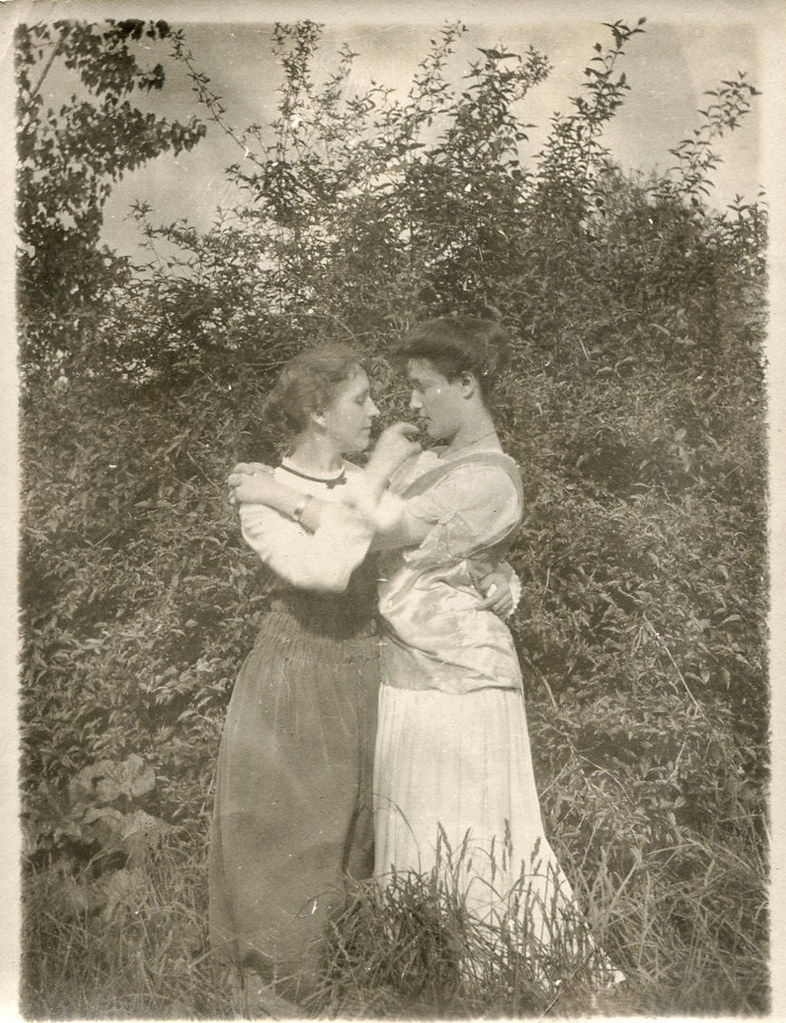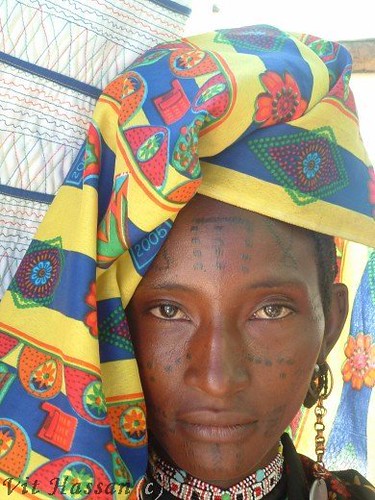In a world adorned with rapidly evolving trends and diverse influences, the African continent stands tall as a vibrant tapestry woven over millennia. Within this rich cultural fabric lie the enchanting motifs that speak of ancient tales and ancestral legacies. From the energetic rhythms of African drumming to the intricate patterns painted on tribal tattoos, the celebration of African and Tribal motifs celebrates a sense of cultural identity that continues to captivate and inspire. In this article, we delve deep into the captivating allure of these motifs, exploring their historical significance, their timeless beauty, and their profound connection to the hearts and souls of those who proudly bear them. Embark on a journey of discovery as we unlock the mysteries and embrace the distinct visual expressions that illuminate the boundless spirit of African and Tribal cultures.
Reviving Traditional African and Tribal Motifs: A Journey of Cultural Rediscovery
Immerse yourself in a captivating journey of cultural rediscovery as we delve into the enchanting world of traditional African and tribal motifs. From intricate patterns to vibrant colors, these motifs are an integral part of Africa’s rich cultural identity, allowing us to celebrate and embrace the diversity of its people and history.
Each motif tells a unique story, passed down through generations, reflecting the beliefs, customs, and traditions of different African tribes. From the geometric patterns of the Ndebele people to the symbolic symbols of the Akan tribe, these motifs serve as a visual narrative, bridging the gap between past and present. Bold and powerful, they embody the spirit of Africa, offering a connection to ancestry and a reminder of the strength and resilience that lies within.

Exploring the Rich Symbolism and Artistry Behind African and Tribal Motifs
Step into the vibrant world of African and tribal motifs, where every symbol tells a compelling story. From the intricate patterns to the bold colors, these artistic expressions are deeply rooted in cultural identity and serve as a reflection of heritage and tradition. Exploring the rich symbolism behind these motifs unveils a fascinating tapestry of meanings, connecting us to the past and celebrating the diversity of African cultures.
One of the most fascinating aspects of African and tribal motifs is the symbolism encapsulated within each design. From animals and nature to abstract shapes and geometric patterns, these symbols hold significance and meaning. For example, the widely renowned Adinkra symbols of West Africa encompass a range of powerful concepts, such as wisdom, strength, and perseverance. These symbols are often incorporated into textiles, pottery, and other artwork, acting as a visual language and a medium for storytelling. Similarly, the Maasai people of East Africa use striking beadwork and intricate bright patterns to represent their spiritual beliefs, history, and social status.
- Connection to Nature: Many African and tribal motifs draw inspiration from the natural world, incorporating elements such as animals, plants, and landscapes.
- Communal Identity: These motifs often serve as a visual representation of communal unity and cultural identity, fostering a sense of belonging and pride.
- Spiritual Significance: Symbolism in African and tribal motifs often represents spiritual beliefs, reflecting a sacred connection to the divine and the ancestral realm.
- Visual Language: These motifs communicate stories, histories, and values, acting as a unique and powerful visual language that transcends spoken words.
Exploring African and tribal motifs not only offers a glimpse into the artistic diversity of the continent but also nurtures an appreciation for the cultural significance and craftsmanship behind these powerful symbols. Whether admired for their intricate details or understood for their profound meanings, these motifs continue to captivate and inspire individuals across the globe, bridging gaps and celebrating the rich tapestry of human expression.

Embracing African and Tribal Motifs in Contemporary Fashion and Design
African and tribal motifs have long been a source of inspiration in the world of fashion and design. From vibrant prints to intricate patterns, these motifs hold a rich cultural significance that transcends time and place. Embracing these motifs in contemporary fashion and design allows us to celebrate and honor diverse African cultures, while also creating unique and visually stunning pieces.
One of the remarkable aspects of African and tribal motifs is their ability to tell a story. Each pattern carries with it a narrative of a specific tribe, region, or even the history of a particular community. By incorporating these motifs into our designs, we not only pay homage to the past, but also bring attention to the beauty and diversity of African heritage. Whether it’s incorporating bold geometric shapes, animal-inspired prints, or traditional symbols, these motifs add depth and character to any fashion ensemble or design project.
Vibrant Colors: African and tribal motifs are renowned for their bold and vibrant color palettes. From earthy tones to eye-catching hues, these colors bring energy and life into any space or outfit.Cultural Fusion: allows for a beautiful fusion of cultures. By combining traditional elements with modern styles, we can create pieces that bridge the gap between past and present.Symbolic Significance: Many motifs have deep symbolic meanings rooted in African cultures. Incorporating these symbols into our designs adds layers of meaning and can help foster a sense of connection and understanding.
African and tribal motifs offer endless possibilities for creativity and self-expression. By incorporating these elements into our fashion and design choices, we not only celebrate cultural identity, but also promote inclusivity and appreciation for the rich heritage of Africa.

Preserving and Sharing the Beauty of African and Tribal Motifs: Tips for Artists and Designers
When it comes to preserving and sharing the beauty of African and Tribal motifs, artists and designers play a crucial role in honoring cultural identity through their creative expressions. Exploring these rich cultural heritage motifs not only inspires unique artistic creations but also provides an opportunity to celebrate the diverse traditions and stories they represent.
To effectively incorporate African and Tribal motifs into your work, here are a few tips:
- Research and learn: Immerse yourself in the history, symbolism, and meanings behind different African and Tribal motifs. Understanding the cultural significance will help you create authentic and respectful designs.
- Draw inspiration: Incorporate elements of African and Tribal motifs into your work, taking cues from the vibrant colors, patterns, and textures found in traditional art forms such as beadwork, pottery, or textiles. Use these inspirations to bring a touch of cultural richness to your designs.
- Collaborate and engage: Connect with artists, designers, and communities who have a deep understanding of African and Tribal motifs. Collaborate on projects, share ideas, and learn from their expertise. Embrace diversity and engage in respectful conversations about cultural appropriation to ensure ethical practices.
To Conclude
As we reach the end of our exploration into the vibrant world of African and Tribal motifs, we can’t help but marvel at the rich tapestry of cultural identity that these ancient art forms embody. From the intricate designs that dance across woven fabrics to the rhythmic beats of traditional drums, these motifs carry within them the stories, beliefs, and aspirations of generations past.
Through this journey, we have discovered how African and Tribal motifs serve as vessels for communication, telling tales of ancestry, spirituality, and everyday life. Bold and unapologetic, these motifs transcend time and geographical boundaries, leaving an indelible mark on the landscapes of fashion, architecture, and art across the globe.
In celebrating African and Tribal motifs, we pay homage to the extraordinary diversity that exists within our world. It is a recognition of the invaluable contribution that each culture makes to the collective tapestry of humanity. These motifs remind us of the importance of preserving our cultural heritage and embracing the beauty that lies in our differences.
As we part ways, let’s remember to carry the lessons of African and Tribal motifs with us, celebrating diversity, fostering understanding, and cultivating appreciation for the rich cultural heritage that surrounds us. By doing so, we contribute to a world where our shared humanity shines through the kaleidoscope of colors and patterns, uniting us all in a celebration of our collective cultural identity.

